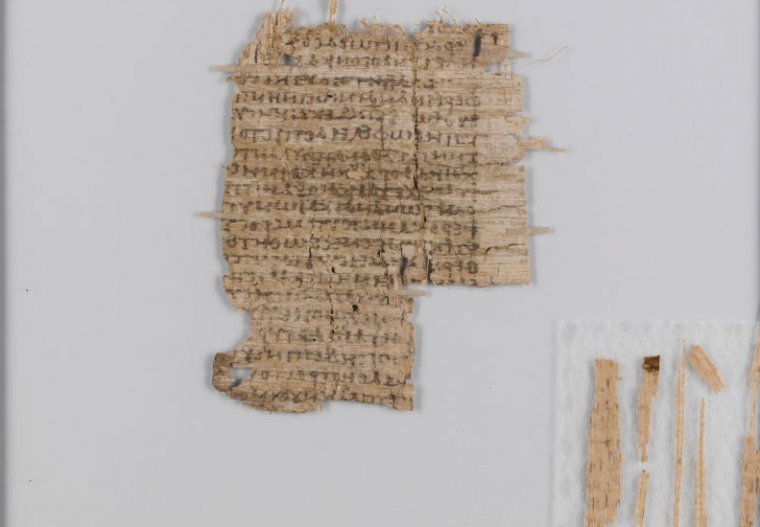After 500 years, a UV lamp solves the mystery of the Basel Papyrus

Enlarge (credit: University of Basel)
The University of Basel has dozens of ancient papyrus texts in its collection, but one has been known for centuries as the Basel Papyrus. The 2,000-year-old work has been in the university's collection since the 1500s, when it was acquired from a lawyer and art collector named Basilius Amerbach. And throughout those 500 years, no one could decipher it.
The writing on the Basel Papyrus looked like the ancient Greek script commonly used during the waning days of the Roman Empire, around the 3rd century CE, but the letters were reversed, like writing held up to a mirror.
"A few individual letters were readable before, but no sense could be established," Sabine Huebner, professor of ancient history at the University of Basel, told Ars. "There were several theories circulating [about] why the papyrus was written in mirror script: to hide a secret message? As a joke? A medieval forgery?" Generations of archivists have puzzled over the mystery since the papyrus arrived in the university's collection, but until recently, they'd all been stumped.
Read 10 remaining paragraphs | Comments